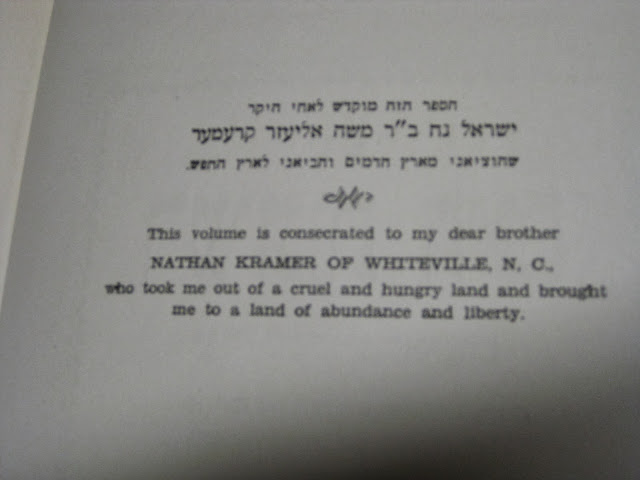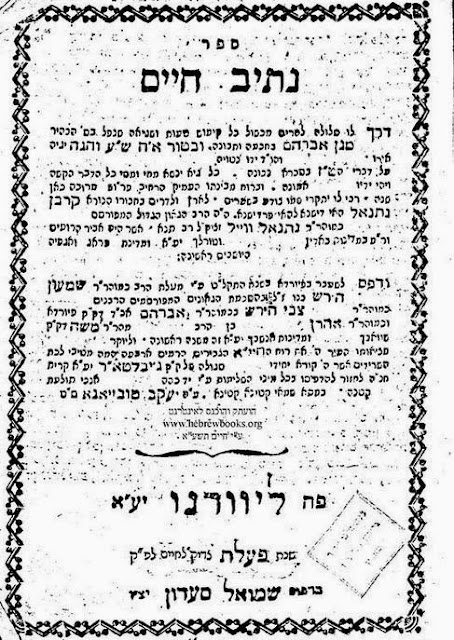We are all deeply saddened by the passing last week of R. Tovia Preschel (1922-2013), noted scholar and author. Raised in Vienna, he was taken in 1938 to London on one of the Kindertransports arranged by Rabbi Solomon Schoenfeld, of blessed memory. After several years of Talmudic study in London, he made his way to Eretz Yisrael, where he served as a volunteer in the IDF during Israel’s War of Independence in 1948. He ultimately settled in Brooklyn, N.Y., where he devoted a lifetime to raising a family and to Jewish teaching and scholarship. Others will surely write about his distinguished family; here, we wish to focus briefly on his scholarship.
Tovia Preschel mastered not only rabbinic literature, but the broad range of all of Jewish literature, including Jewish historical literature and Jewish belles-lettres. He read widely and possessed a phenomenal memory. More importantly, he shared his erudition freely with others. He will be remembered as one of the great masters of Jewish bibliography, together with his late colleagues, such as R. Yehudah Rubenstein, R. Yaakov Mandelbaum, and R. Chaim Liberman. The passing of Tovia Preschel may well mark the end of a glorious era in Jewish bibliography.
His publications, in Hebrew, Yiddish, and English ranged broadly over the entire spectrum of Jewish scholarship. For those perhaps unfamiliar with his publications, we list here the titles (in English translation), of a brief sampling of his studies (selected randomly and in no particular order);
“The Custom of Reading the books of Job and Daniel in the Summer”
“The Blessing for Kiddush Ha-Shem”
“The Cities in the Diaspora Called ‘Jerusalem’ ”
“Rabbi Shalom Shakhna of Lublin”
“A Letter Mistakenly Ascribed to Ramban”
“Yehudah the Son of Ramban”
“Authors Who Sent Their Writings as Mishlo’ah Manot”
“The Title ‘Rishon Le-Tziyyon’”
“Did Hasidim Practice Censorship?”
“Jewish Custom in Rome”
“Rabbi Yisrael Salanter and the Translation of the Talmud into Hebrew”
“What has Miriam to do with Hanukkah?”
“Two Geonim and the Tune of ‘Mekhalkel Hayyim’”
“The Letters of Recommendation Written by R. Samson Raphael Hirsch”
“A Bibliography of the Writings of R. Chaim Heller”
Talmudic Teaching rules: אין עושין נפשות לצדיקים ("we build no monuments for the righteous"). In the case of Tovia Preschel, he built his own monuments: his descendants and his publications. Sadly, his hundreds of studies, scattered in many different newspapers and scholarly periodicals, have never been gathered in one volume. It would be a great contribution to klal yisrael if his studies - properly edited and indexed - were made available in book form. It would also be the ultimate tribute to his memory.
יהא זכרו ברוך










































